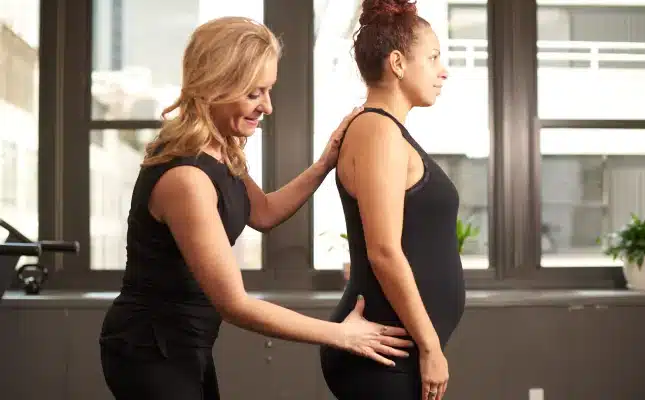Here’s the second in our series featuring the ladies’ talk at the important institution!
By Riva Preil

4. Multiple sclerosis (MS) is a condition involving demyelination of the central nervous system. How does pelvic floor physical therapy, which addresses the musculoskeletal system, help individuals suffering from MS, a neurological dysfunction?
There are several reasons why physical therapy helps patients with MS. Neurological dysfunctions can lead to musculoskeletal dysfunction. Therefore, it is important to address the resulting musculoskeletal issues that are affecting the pelvic floor. Furthermore, behavior modifications which can help ANY individual are routinely addressed in physical therapy, especially pelvic floor physical therapy. For example, teaching bladder retraining techniques can be extremely helpful if the patient is suffering from urinary urgency, frequency, and retention like symptoms. Relaxation breathing is one of the many techniques we teach to help decrease the urge and calm down the central nervous system. Furthermore, we encourage patients to eliminate “just in case†bathroom visits. Also, bowel education can consist of proper hydration, proper toileting posture, avoiding straining during toileting, and basic nutritional recommendations (ex. adequate dietary fiber). These, as well as other topics addressed in physical therapy, along with manual therapy and neuromuscular re-education, benefit ALL individuals, especially those with MS.
5. Were there any misconceptions or medical myths that you were glad to correct?
Actually, yes! Of the practitioners present who were familiar with the concept of pelvic floor physical therapy, many simply assumed that P.T. is all about biofeedback and Kegels. However, we’re not just biofeedback and Kegels! In fact, for some of these patients, those can worsen the symptoms. I am glad that we had the opportunity to educate the practitioners about the broad range of modalities and techniques that we employ, as per described above.
Also, we informed them that they don’t need to diagnose the particular musculoskeletal dysfunction- we can tell whether or not P.T. will be helpful. As the musculoskeletal experts, we are happy to evaluate and treat the dysfunction.



